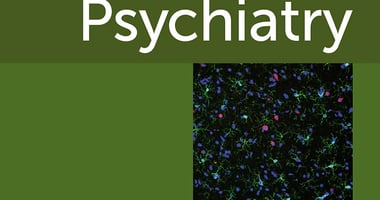Cigarette Smoking Associated With Psychotic Experiences in Adolescents, Study Finds
 |
In the study, Wikus Barkhuizen, M.Sc., of the Centre for Brain and Cognitive Development at the University of London and colleagues analyzed smoking frequency in 3,787 adolescent pairs of twins, with a mean age of roughly 16 years. The adolescents fell into three categories: nonsmokers who had never smoked a cigarette, occasional smokers who had smoked fewer than 50 cigarettes in their lifetimes, and regular smokers who had smoked 50 or more cigarettes in their lifetimes. The researchers used the Specific Psychotic Experiences Questionnaire to assess the adolescents for three positive psychotic experiences (paranoia, hallucinations, and grandiosity), two negative psychotic experiences (self-reported anhedonia and negative symptoms reported by the adolescents’ parents), and cognitive disorganization.
The researchers found that scores for psychotic experiences differed significantly across the three groups. Occasional smokers scored higher than nonsmokers on paranoia, hallucinations, and cognitive disorganization and lower on anhedonia, with no significant differences on grandiosity and parent-rated negative symptoms. Regular smokers scored higher than nonsmokers on paranoia, hallucinations, cognitive disorganization, grandiosity, and parent-rated negative symptoms, but not on anhedonia. Regular smokers scored higher than occasional smokers on all the conditions examined. These results remained after adjusting for variables including sex, age, ethnicity, socioeconomic status, prenatal maternal smoking, cannabis use, sleep disturbances, and stressful life events.
In a secondary analysis, the researchers tested whether shared genetic influences underlie adolescent psychotic experiences and smoking by comparing identical twins and same-sex fraternal twins. They found that the correlations between smoking and paranoia, hallucinations, and cognitive disorganization were higher for identical twins than fraternal twins, suggesting that psychotic experiences “co-occur largely due to shared genetic influences,” Barkhuizen and colleagues wrote.
“Our results suggest that some of the same genetic factors that influence tobacco use in adolescents also influence PE [psychotic experiences],” they added.
For related information, see the Psychiatric News article “FDA’s ‘Real Cost’ Campaign Cuts Cigarette Smoking by Teens.”
(Image: iStock/prudkov)






